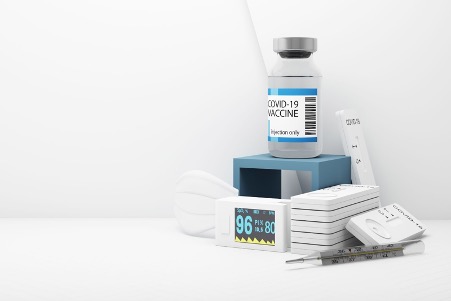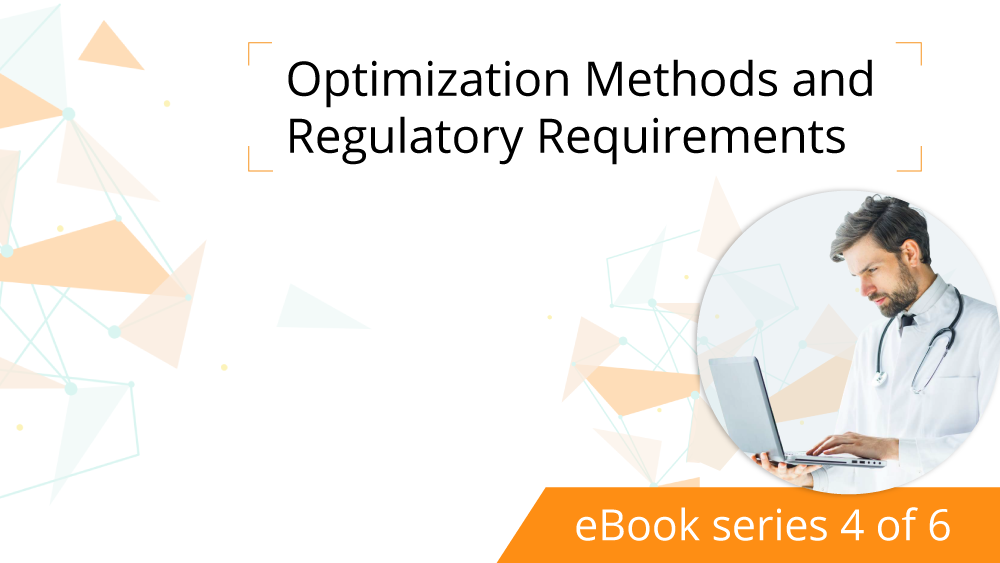Category: healthcare
-

Barcode technology has been widely adopted across various industries like retail, logistics, healthcare, etc. In the healthcare sector, Barcoded Medication Administration (BCMA) has emerged as a critical tool in improving patient safety and reducing medication errors. By incorporating barcode scanning, healthcare professionals can ensure accurate medical administration, thus reducing human...
Read more › -

Barcodes play a crucial role in streamlining workflow efficiency, ensuring patient safety, and enhancing data accuracy within the medical industry. However, barcode scanning in medical labs and healthcare settings presents distinct challenges. These include scanning multiple barcodes simultaneously, dealing with small barcodes or those on curved surfaces such as lab...
Read more › -

The adoption of e-prescriptions in Europe has been steadily increasing in recent years. In 2019, the European Commission adopted the eHealth Action Plan, which aims to promote the digitization of healthcare across the EU. As part of this plan, the European initiative for health data sharing across member states was...
Read more › -

When it comes to the pharmaceutical realm, barcode technology provides multiple benefits, from effective inventory management to quickly locating expired pharmaceutical containers. Using robust barcode scanning solutions could help streamline workflows, amplify staff productivity, and ensure patient safety. Using Barcode Technology to Leverage Numerous Benefits in the Pharmaceutical Industry Quickly...
Read more › -

Ever since the Covid-19 pandemic disrupted the global supply chains, the need for greater resilience in the pharmaceutical sector has become more critical than ever. Pharmaceutical supply chains have already embarked on digital transformation, and embracing new technologies helps ensure that medicines and crucial supplies arrive at their destinations on...
Read more › -

Barcodes have long been used to track and manage inventories; however, the use cases for barcode scanning don’t end there. As the world continues to face the Covid-19 pandemic, innovators and governments of various countries have been trying numerous ways to contain its spread. Barcoding technology is one of them....
Read more › -

The US has so far had well more than one million confirmed cases of COVID-19. It has forced practically every major city to temporarily close businesses to stop its spread. But, as people look to get back to work at physical locations, without proper precautions corporate offices might be amongst...
Read more › -

Finally, we are at the last step to getting EHR satisfaction. In order to get there, we need to decide who will be implementing the EHR requirements to ensure a successful adoption process. Download your eBook Off-the-Shelf or Custom-Built To start, one needs to compare the advantages of building an...
Read more › -

By now you should be familiar with the enabling EHR technologies and various technical considerations for adopting this application. But there are one other consideration that is often overlooked. Human Bottlenecks Often, migrating to a new technology can be a challenging and lengthy process for staff members. Healthcare providers might...
Read more › -

Optimize Results for Effective OCR 1. Image Quality To optimize results for effective OCR, image resolution is important. For the usual font size (10 pts or above), a resolution of 300 dots per inch (DPI) is recommended. Smaller font sizes will command even higher DPI resolutions. Also, when scanning, you...
Read more › -

Technical Considerations There are clear time and cost savings benefits in using scanning, barcodes, and OCR. There is also the benefit of familiarity – they are technologies that users know and are comfortable with. But, there are various things to consider when choosing a solution for each. As always, there...
Read more › -

Previously we talked about two important fundamental technologies, Scan and Barcode. In this blog post we will briefly go over another mature technology that can be utilized to greatly enrich an EHR application and how do users benefit from these technologies through various scenarios. Download your eBook The Power of...
Read more › -

Most organizations continue to experience paperwork inefficiencies and the healthcare industry is arguably the top suffering sector for it. Thus, whether by regulation or not, healthcare organizations are more and more desperate for relief from paperwork via electronic health record (EHR) solutions. In this blog series, we will dissect the...
Read more › -

Despite having Electronic Health Records (EHR), the use of paperwork in healthcare organizations remains stronger than ever. Patient forms, nurse charting, and doctors notes will continue to be written by hand well into the foreseeable future. Download eBook on Enabling Technologies in EHR As a result of having both analog...
Read more › -

It’s no industry secret that the market for electronic health records (EHR) continues to face many challenges. But, the industry is also plugging away with increased EHR adoptions and solution modifications to adapt and improve. In such cases, leveraging existing technologies people are familiar with can help remove adoption barriers....
Read more › -
Barcode technology has been around for decades, and it continues to grow in its use across many industries such as retail, transportation, logistics, public security, automated production, healthcare and more. Barcodes have become very mission critical to countless organizations. In healthcare, it’s even been argued barcodes have actually helped save lives...
Read more › -
Dynamsoft contributed an article to THE BarCode News that ran July 13, 2014. Start reading it below. The use of barcodes in healthcare markets has been advocated going back to the 1970s. The Healthcare Information and Management Systems Society (HIMSS) has emphasized a high priority on using barcode technology to reduce medical errors for...
Read more ›


